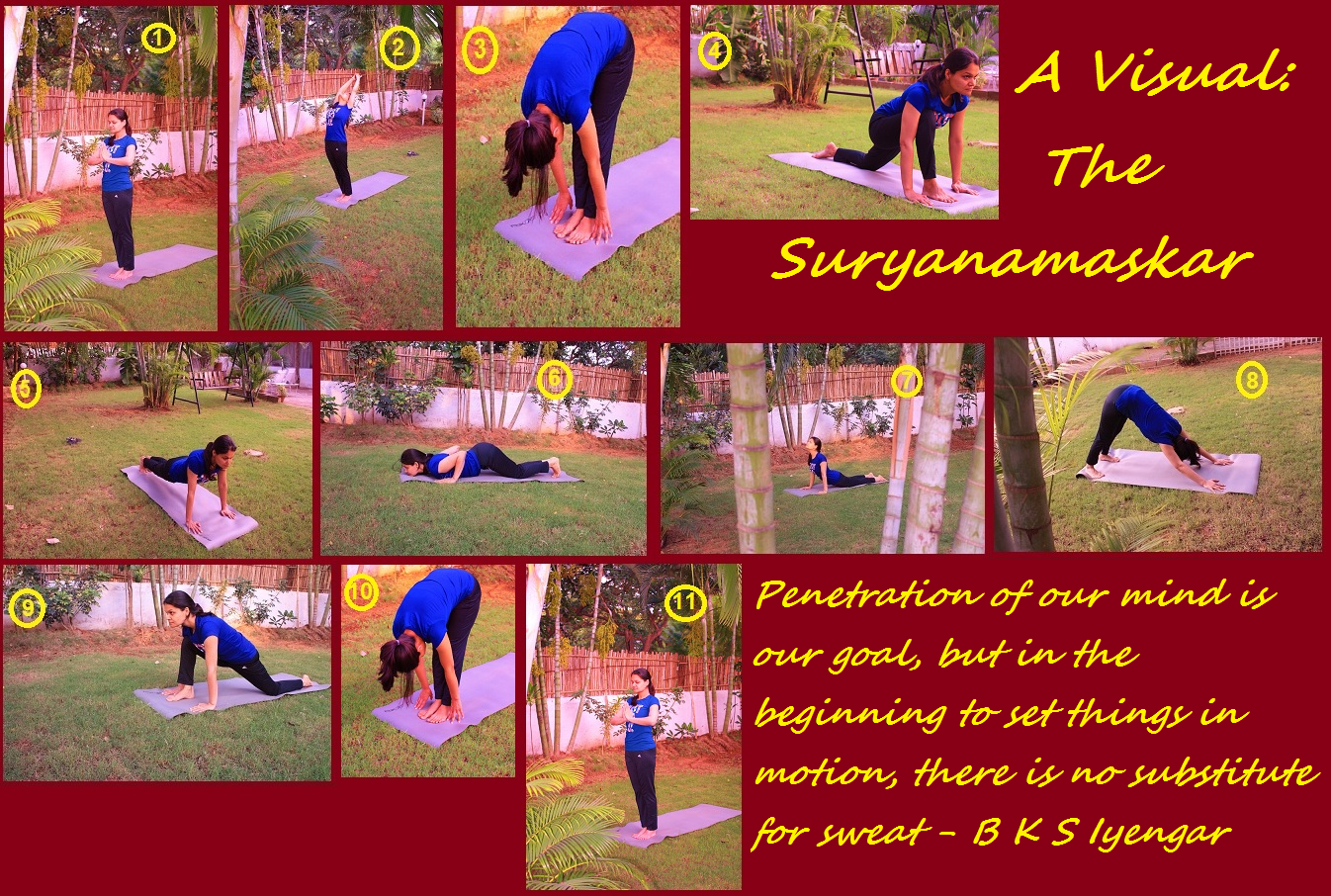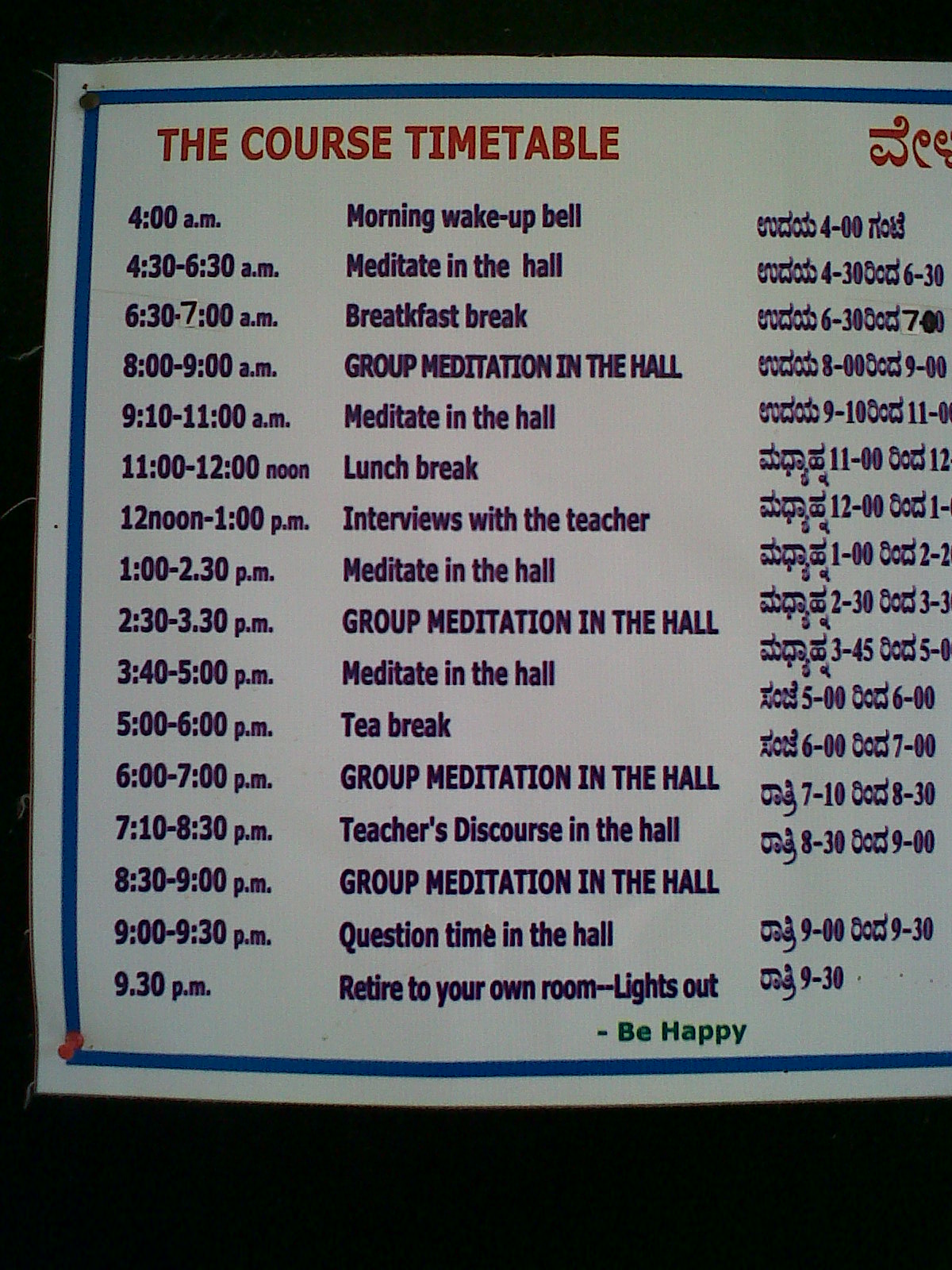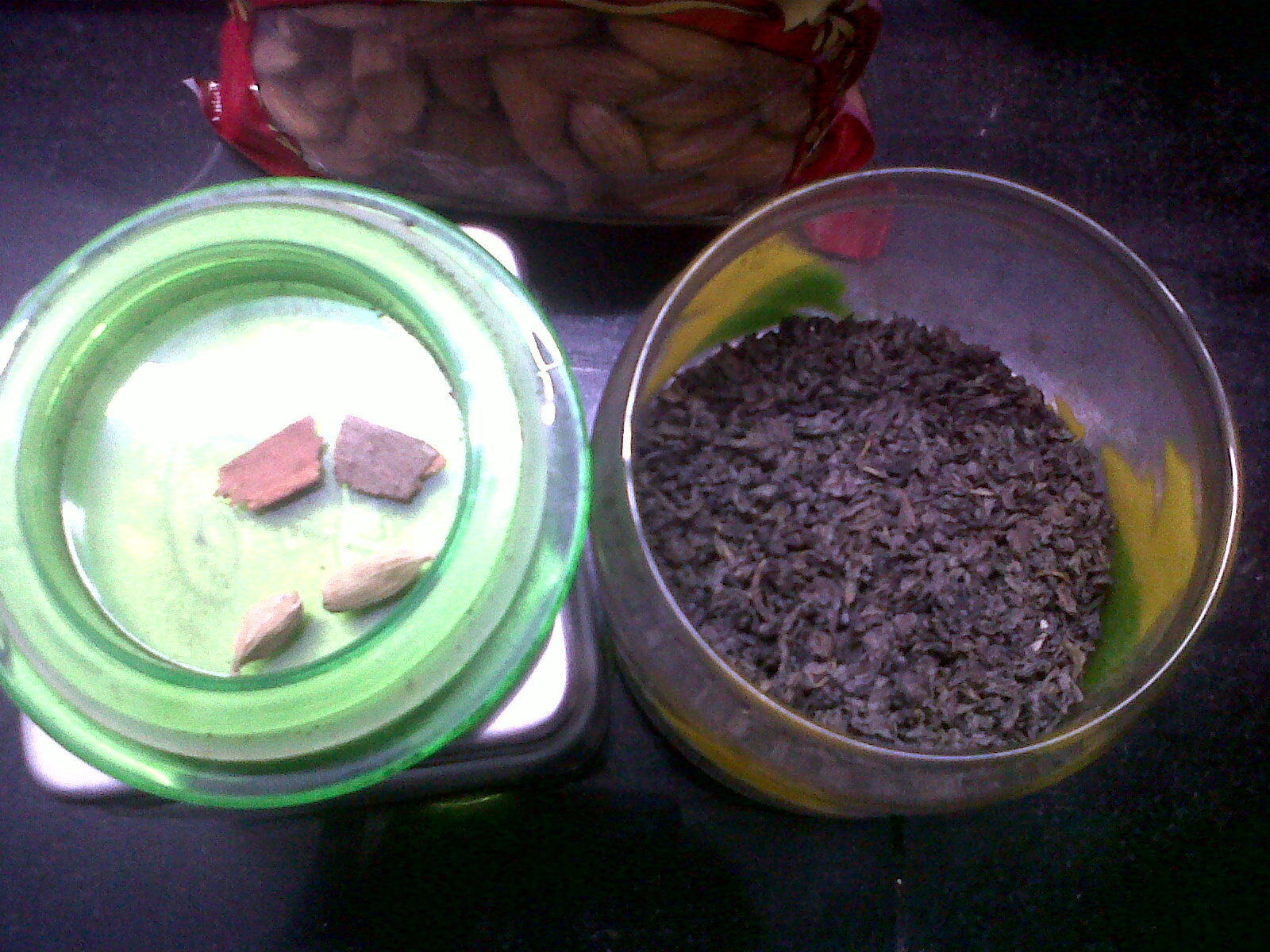I recently attended a talk about Ayurvedic diet and nutrition at the Sivananda Yoga Centre where I practice yoga these days. The session was conducted by a yogi couple who used to own a raw food restaurant in New York. I gleaned a lot of practical advice on how we can tweak our food habits to reap more from what we eat.
Yogis seek to delay the catabolic process of aging, which begins at 35. Along with a balance in terms of proper breathing, relaxation and exercise, a proper diet can go a long way in combating a lot of health problems. In fact, numerous lifestyle related health problems can be cured by diet ALONE.
Over the years focus has shifted away from unprocessed and natural (i.e ‘whole’) foods to impure products. For example, the most commonly used grain is white rice. White rice is NOT a whole food. In order for a grain to be whole it must have bran, endosperm and the germ. White rice has no bran, and bran contains the fibre. White rice has been denatured, and polished white rice even more so. Substitute white rice with brown rice. Try basmati brown rice.
White flour is not whole. You can use barley, millet, wheat, gram, quinoa (not locally available in India), oats and buckwheat instead. The best thing is to use products that are grown locally. You would be surprised at how many healthy options are available at your local market. You can ask the shop keeper for brown rice, kuttu ka atta, makki ka atta etc, and chances are that he will have it. Flax is a great alternative to wheat. You can grind your flax seeds and use it in lieu of wheat. Also, for those who don’t eat eggs, flax seeds are a great alternative. If you start eating whole even one day a week, then you significantly reduce the amount of disease causing matter that goes into your system.
The more your body is able to digest and break down the nutrients that are available to it, the healthier you will be. Sprouting is a great way to make your food more digestible. Sprouts are sattvic.
Seeds and nuts are another source of nutrition and are available abundantly. Sunflower seeds contain protein and carbohydrates. Pumpkin seeds have a lot of zinc. Sesame seeds can be sprouted. Snacking on nuts is a great option. The best nuts to consume are almonds, walnuts and cashews. Walnuts have omega 3 fatty acids as well. Always make sure to soak nuts over night before consuming them. This process will remove the toxins. Remember to never eat raw peanuts. They must always be roasted to get rid of toxins.
A discussion about nutrition in the Indian context is incomplete without talking about fried foods. Why are fried foods so bad for us? Besides the fact that they increase cholesterol in your system, fried foods also contain free radicals – unstable oxygen molecules. These oxygen molecules lose electrons and these electrons then bind to other molecules creating more free radicals (unstable molecules). We need anti-oxidants to combat this attack of the unstable oxygen molecules. The most common and popular source of anti-oxidants is green tea. Also, it’s an excellent way to combat dry skin.
Fruits are a good source of natural sugars, minerals and vitamins. But they can also be a source of toxins. Most fruits are grown with the help of pesticides and artificial growth hormones. Try and get organic bell peppers because these require a large quantity of pesticides to grow. Some fruits that you are better off eating organic are grapes and strawberries. Also, it’s a good idea not to juice your fruits. Juice has a lot of concentrated sugars without the added fibre of actual fruits, even if you’re making it at home. Baked fruits also contain a higher sugar concentration.
About sweeteners: White sugar is polished and dehydrates you. Opt for more natural sugars such as honey, agave, brown sugar, stevia, jiggery and zylatol. Zylatol is a product which comes from birch trees. Other sources of natural sugars are dates and raisins.
White salt does more harm to your system that good. It can cause hypertension and high blood pressure. The best salt to use is sea salt. Sea salt has a greyish hue to it. It also contains natural iodine. White salt on the other hand has iodine added artificially. Rock salt is also a great healthy alternative and has a slightly pinkish hue. Celery is a source of natural salt.
About dairy products: In ancient Ayurvedic texts, milk has been classified as a sattvic food. However, over the years the process of obtaining milk from cows has changed and this has changed the nature of milk. Now cows are being injected with artificial hormones, they are underfed, they live in confined spaces which are dirty and sometimes they end up grazing on their own faeces! A cow living under such conditions is an unhappy one and this alters the quality of the milk she produces. So milk is no longer an ‘ideal’ source of protein and calcium. Needless to say, yogurt made from such milk will contain all of the rajasic properties associated with cows. Sesame seeds are an excellent alternative to milk. In fact, they contain more calcium than milk. The process of making cheese also deserves a mention. To make cheese from milk rennet is required. Rennet is a GMO – Genetically Modified Organism. Furthermore, the body doesn’t have the ability to digest cheese. So it pretty much passes through your system undigested and if you examine your stool you will see the undigested cheese in it. Also, cheese causes excessive production of mucous, so that might be why some people are more prone to stuffed noses and congestion. Remember this next time you’re tempted to shove pizza slices down your throat. Soy and corn are GMOs too, so best to avoid these as well.
Some excellent sources of PROTEIN: Sprouts, pulses, legumes, avocadoes, olives, nuts & seeds and sea vegetables such as kelp and sushi.
Quinoa and hemp are complete proteins. Complete proteins are essential proteins. These are proteins that your body needs but does not produce on its own. The combination of rice + pulses/legumes is also a complete food/protein.
Excellent sources of CARBS: Rice, fruits, veggies
Sources of STARCH: potatoes, bread, pasta and corn.
Excellent sources of FATS: Coconut oil, sesame oil, olive oil. Always keep your oils in the fridge to preserve their properties.
Finally, always remember that what you eat is not as important as how you eat. At least one meal in a day must be consumed in silence.












